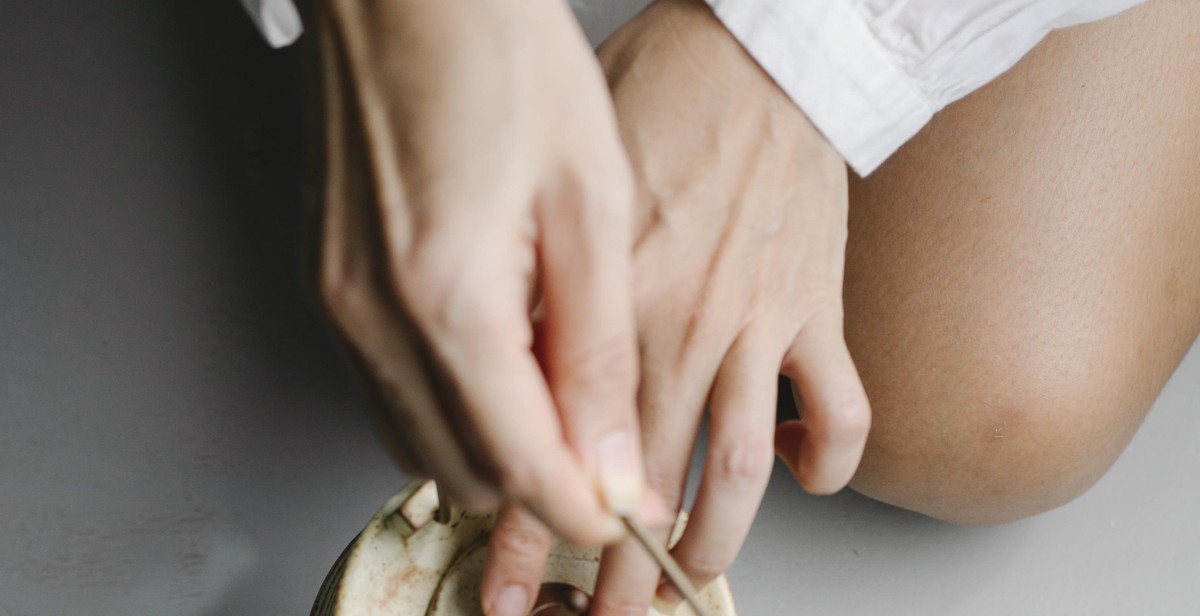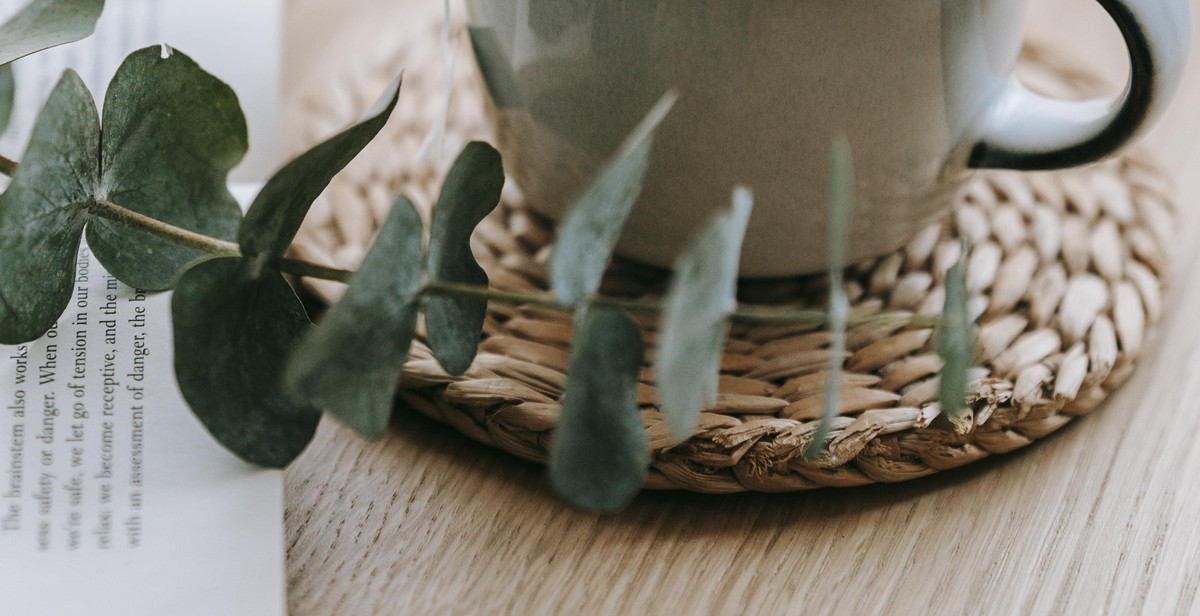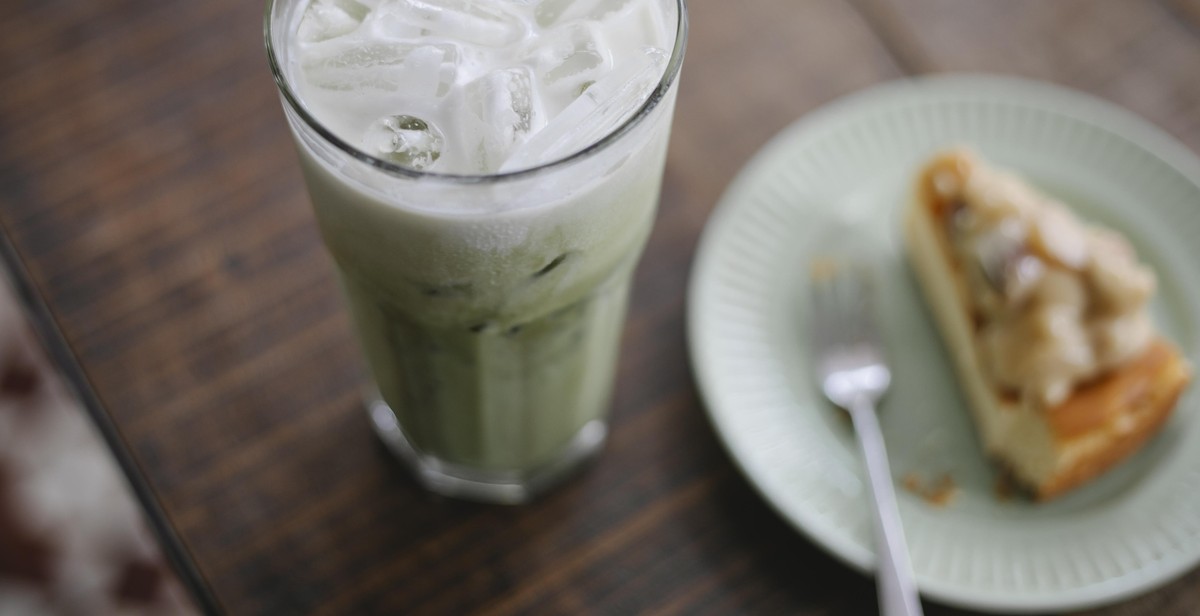Introduction: How to Brew the Perfect Cup of Japanese Green Tea
Japanese green tea, also known as matcha or sencha, is a popular beverage enjoyed by millions of people all over the world. This tea is made from the leaves of the Camellia sinensis plant, which is native to Japan. Unlike other teas, Japanese green tea is not fermented, which allows it to retain its natural flavor and health benefits.
What is Japanese Green Tea?
Japanese green tea is a type of tea that is made from the leaves of the Camellia sinensis plant. The leaves are steamed and then dried, which helps to preserve their natural flavor and nutrients. There are many different varieties of Japanese green tea, each with its own unique flavor and aroma. Some of the most popular types of Japanese green tea include matcha, sencha, gyokuro, and bancha.
Why is Japanese Green Tea Popular?
Japanese green tea is popular for many reasons. For one, it has a unique flavor and aroma that is unlike any other tea. Additionally, Japanese green tea is packed with antioxidants and other nutrients that can help to improve your health. Some studies have even shown that Japanese green tea may help to reduce the risk of certain types of cancer, as well as improve heart health and brain function.
Overall, Japanese green tea is a delicious and healthy beverage that is enjoyed by people all over the world. In this article, we will explore how to brew the perfect cup of Japanese green tea, so that you can enjoy all of its amazing benefits.

Choosing the Right Tea
When it comes to brewing the perfect cup of Japanese green tea, selecting the right tea leaves is crucial. There are several types of Japanese green tea, each with its own unique flavor profile and brewing requirements.
Understanding the Different Types of Japanese Green Tea
The most common types of Japanese green tea include:
- Sencha: This is the most popular type of Japanese green tea. It has a grassy, vegetal flavor and is typically brewed with water that is around 70-80°C.
- Gyokuro: This is a high-quality, shade-grown green tea with a sweet, mellow flavor. It is brewed with water that is around 60°C.
- Matcha: This is a powdered green tea that is whisked with hot water to create a frothy, creamy beverage. It has a rich, umami flavor and is often used in traditional Japanese tea ceremonies.
- Hojicha: This is a roasted green tea with a nutty, smoky flavor. It is brewed with water that is around 90°C.
Selecting High-Quality Tea Leaves
When selecting tea leaves, look for high-quality, fresh leaves that are bright green in color. Avoid leaves that are brown or yellow, as they may be stale or low-quality.
It is also important to consider the origin of the tea leaves. Look for tea that is grown in Japan, as Japanese green tea is known for its high quality and distinct flavor.
Finally, consider the grade of the tea leaves. Higher grades of tea will typically have a more complex flavor profile and a smoother texture. However, they may also be more expensive.
| Grade | Description |
|---|---|
| First Flush | Harvested in early spring, these leaves are the highest quality and most expensive. |
| Second Flush | Harvested in late spring or early summer, these leaves are still high quality but less expensive than first flush. |
| Bancha | Harvested in late summer or fall, these leaves are lower quality and less expensive than first and second flush. |
By understanding the different types of Japanese green tea and selecting high-quality tea leaves, you can ensure that you are brewing the perfect cup of tea every time.

Preparing for Brewing
Brewing the perfect cup of Japanese green tea requires proper preparation. This section will cover the necessary tools and equipment needed as well as how to measure the tea leaves correctly.
Gathering Necessary Tools and Equipment
Before you begin brewing your Japanese green tea, make sure you have all the necessary tools and equipment:
- Japanese teapot or kyusu
- Teacups
- Tea strainer
- Tea scoop or teaspoon
- Kettle or pot for boiling water
- Thermometer (optional)
The Japanese teapot or kyusu is designed for brewing green tea and allows the tea leaves to expand and release their full flavor. The teapot should be made of ceramic or clay as these materials retain heat well and do not affect the taste of the tea.
Teacups should be heat-resistant and ideally made of ceramic or porcelain. Glass cups are also an option, but they may not retain heat as well.
A tea strainer is necessary to remove any small pieces of tea leaves that may have escaped from the teapot. A tea scoop or teaspoon is used to measure the tea leaves.
A kettle or pot for boiling water is needed to heat the water to the proper temperature. A thermometer is optional but can be helpful in ensuring that the water is not too hot or too cold.
Measuring the Tea Leaves
The amount of tea leaves used will affect the taste of the tea. Generally, it is recommended to use 1-2 teaspoons of tea leaves per cup of water. However, this can vary depending on personal preference and the type of green tea being used.
It is important to measure the tea leaves accurately to ensure consistent flavor. A tea scoop or teaspoon can be used to measure the tea leaves. If using a teaspoon, it is recommended to use a level teaspoon.
Once the tea leaves are measured, they can be placed in the teapot or kyusu.
With the necessary tools and equipment gathered and the tea leaves measured correctly, you are now ready to begin brewing the perfect cup of Japanese green tea.

Brewing the Perfect Cup
Japanese green tea is delicate and requires careful preparation to bring out its full flavor. Follow these steps to brew the perfect cup:
Preparing the Water
The first step to brewing a perfect cup of Japanese green tea is to prepare the water. The water should be filtered and heated to a temperature between 160°F and 180°F (70°C to 80°C). Water that is too hot can scorch the tea leaves, resulting in a bitter taste.
Steeping the Tea Leaves
Measure out one teaspoon of loose-leaf Japanese green tea per cup of water. Place the tea leaves in a strainer or infuser and place it in a teapot or mug.
Timing the Steep
The steeping time for Japanese green tea is crucial to getting the perfect cup. Steep the tea for only 1-2 minutes. Over-steeping the tea can result in a bitter taste.
Straining the Tea
After steeping, remove the strainer or infuser from the teapot or mug. If you are using loose-leaf tea, strain it through a fine mesh strainer to remove any remaining tea leaves.
Now that you have brewed the perfect cup of Japanese green tea, sit back, relax, and enjoy the delicate and refreshing taste.

Serving and Enjoying
After successfully brewing the perfect cup of Japanese green tea, it’s time to enjoy and savor the flavors. Here are some tips on how to serve and pair your tea with food:
Choosing the Right Teapot and Cups
The teapot and cups you use to serve your tea can also affect the taste and aroma. A ceramic or clay teapot is recommended for brewing Japanese green tea as it retains heat well and enhances the flavor. The size of the teapot should match the amount of tea you plan to brew. A larger teapot may cause the tea to become too diluted, while a smaller one may not allow the leaves to properly steep.
When it comes to cups, a small ceramic or porcelain cup is ideal for sipping on Japanese green tea. The thinness of the cup allows the tea to cool down slightly before sipping, which enhances the taste and aroma.
Pairing Japanese Green Tea with Food
Japanese green tea is a versatile beverage that can be paired with a variety of foods. Here are some popular pairings:
| Food | Tea Pairing |
|---|---|
| Sushi and Sashimi | Sencha or Gyokuro |
| Miso Soup | Genmaicha |
| Tempura | Matcha |
| Sweet Pastries | Hojicha |
Experiment with different pairings to find the perfect match for your taste buds. Overall, Japanese green tea is a refreshing and healthy beverage that can be enjoyed on its own or with a variety of foods.
Conclusion
Drinking green tea is a healthy and refreshing way to start your day or take a break from work. Brewing the perfect cup of Japanese green tea is an art that requires patience and practice. By following the steps outlined in this guide, you can enjoy a delicious and authentic cup of Japanese green tea in the comfort of your home.
Remember the key points:
- Use high-quality tea leaves
- Pay attention to water temperature and steeping time
- Use the right amount of tea leaves and water
- Preheat your teapot and cups
By mastering these key points, you can enjoy the full flavor and health benefits of Japanese green tea. Whether you prefer sencha, gyokuro, or matcha, there is a Japanese green tea that will suit your taste preferences.
Final thoughts
Japanese green tea is a cultural treasure that has been enjoyed for centuries. By brewing your own tea at home, you can experience the rich history and tradition of Japanese tea culture. Experiment with different tea varieties and brewing methods to find the perfect cup of Japanese green tea for you.
| Benefits of Japanese Green Tea | How to Brew the Perfect Cup |
|---|---|
| Boosts metabolism | Use high-quality tea leaves |
| Reduces stress | Pay attention to water temperature and steeping time |
| Improves brain function | Use the right amount of tea leaves and water |
| Supports immune system | Preheat your teapot and cups |
So go ahead, brew a cup of Japanese green tea, and enjoy the many benefits it has to offer!
